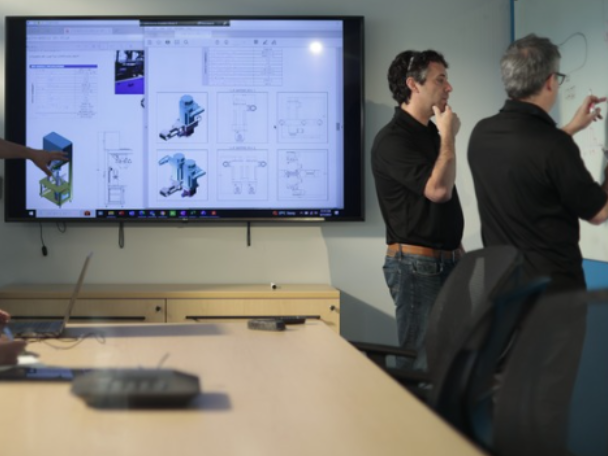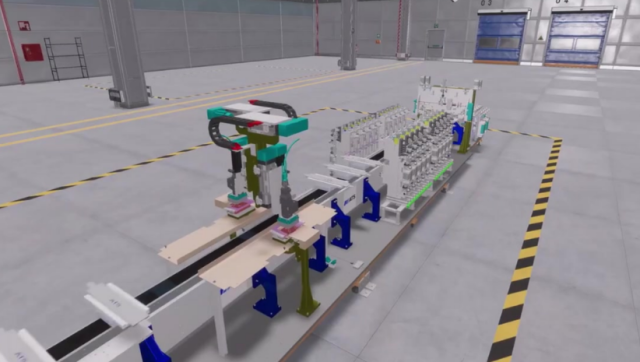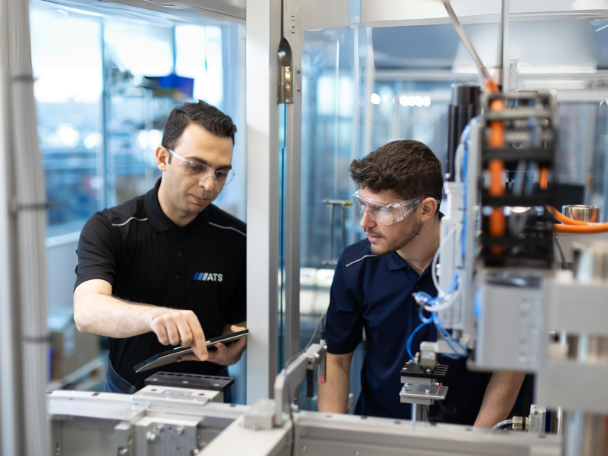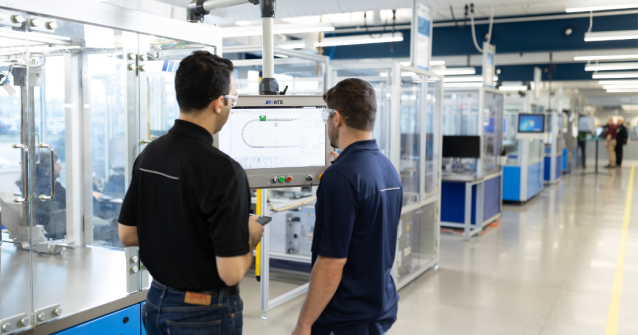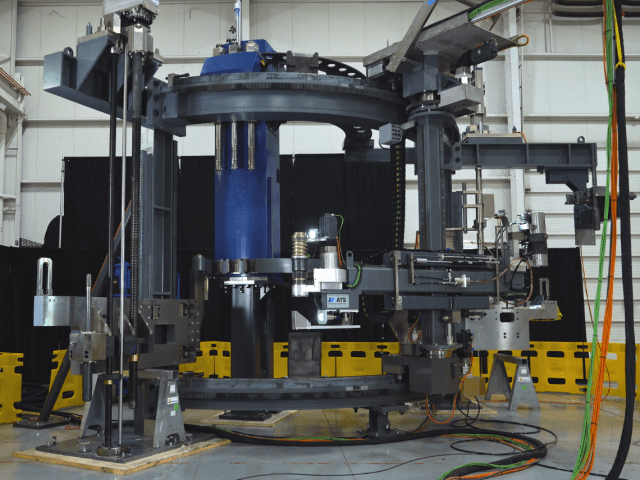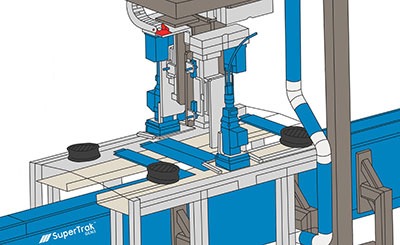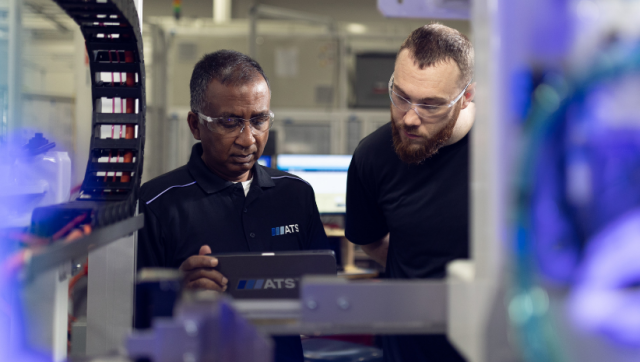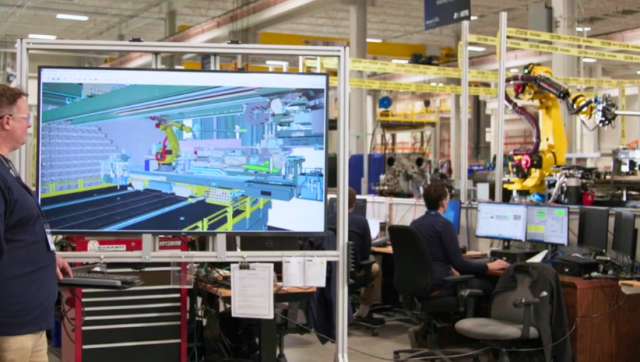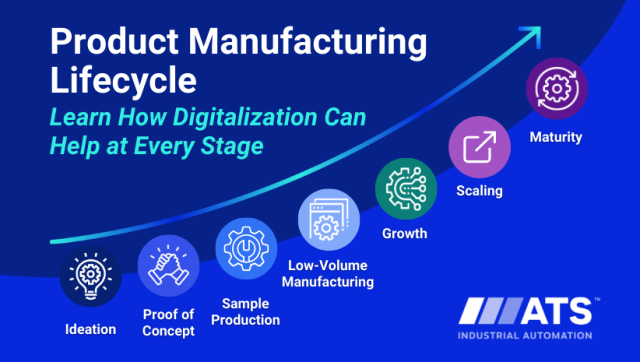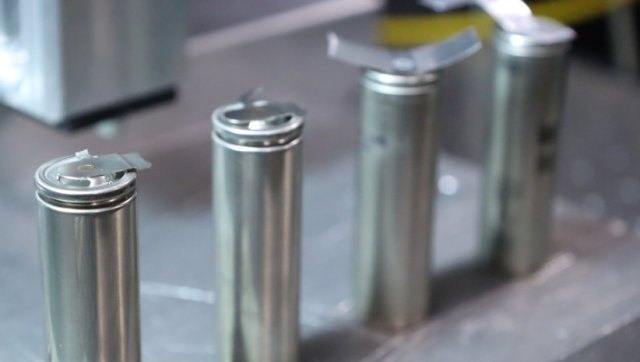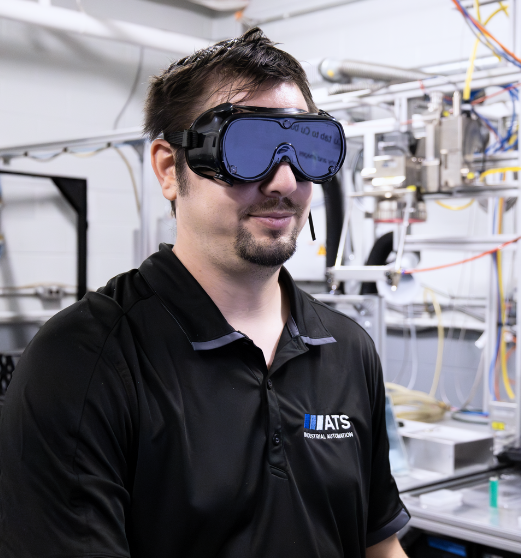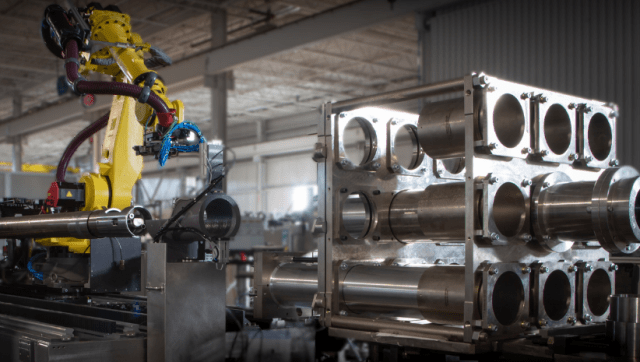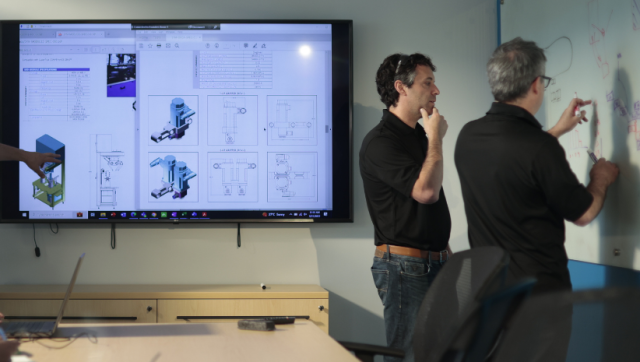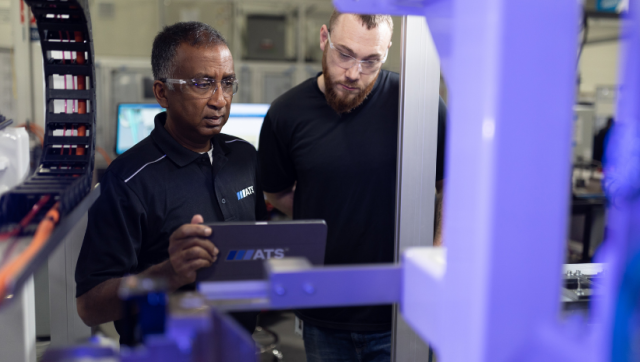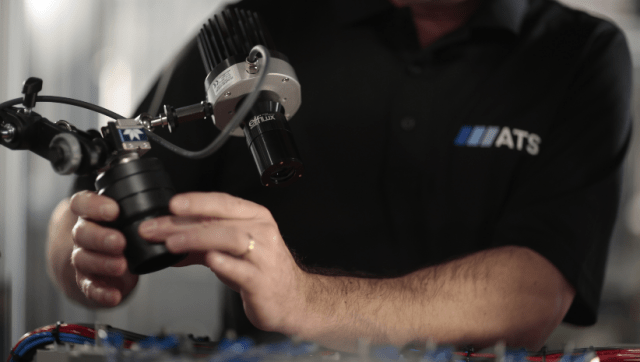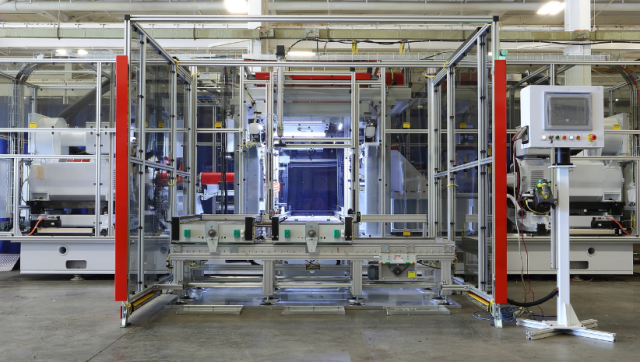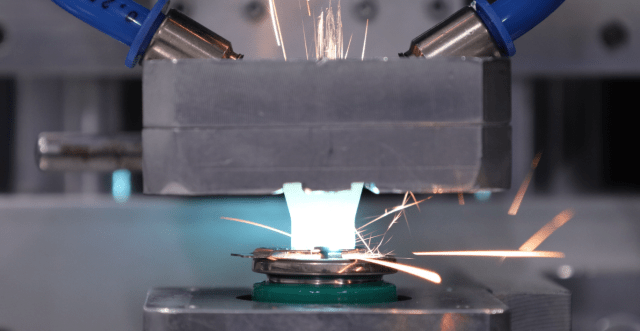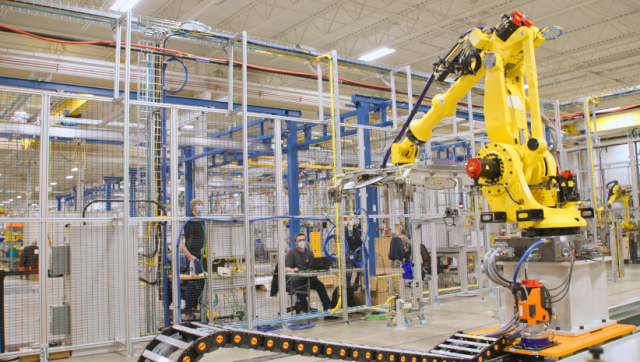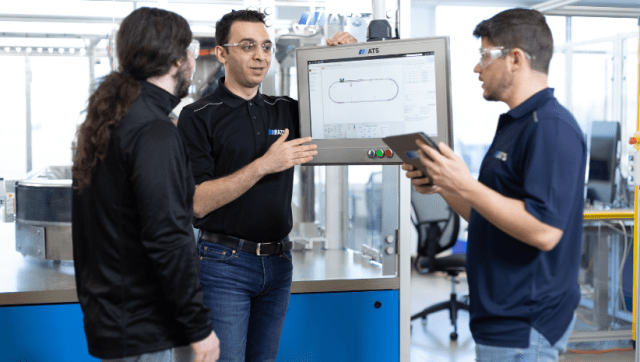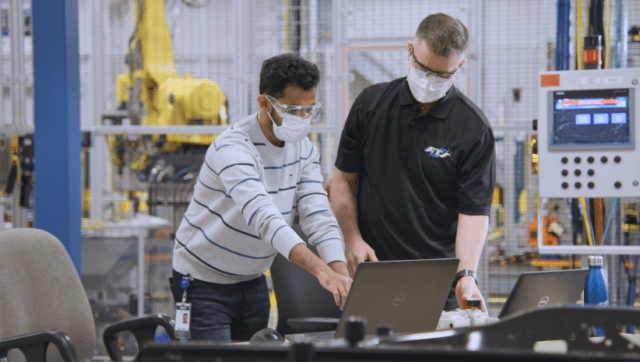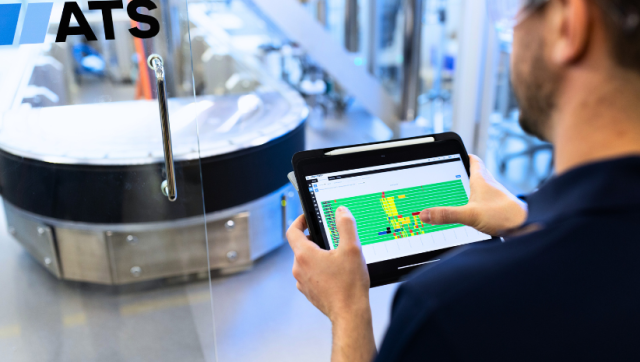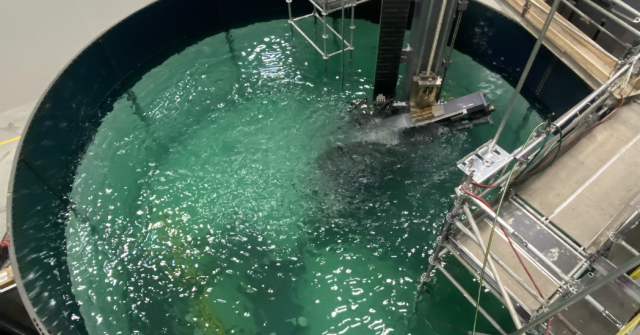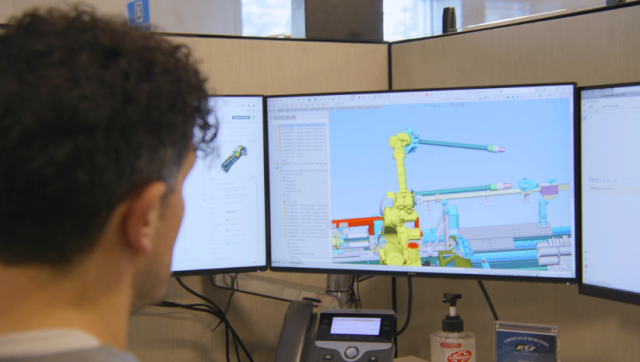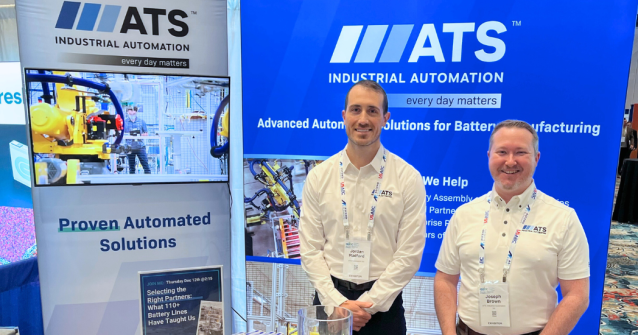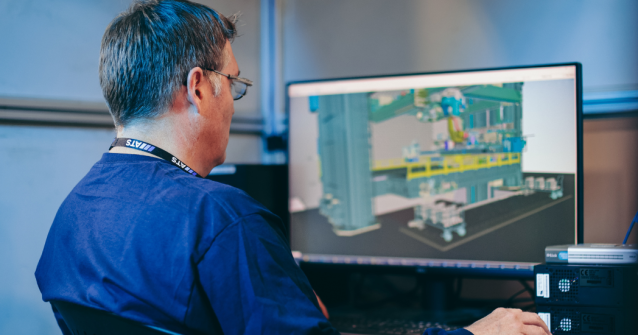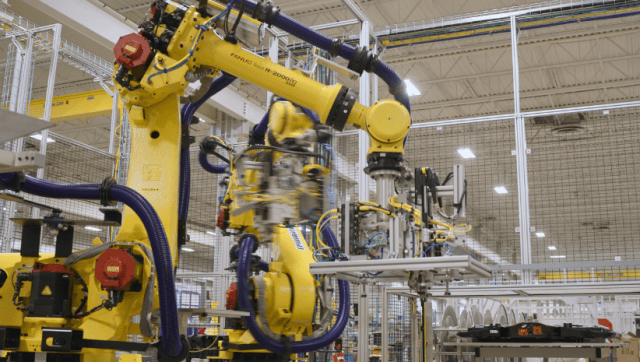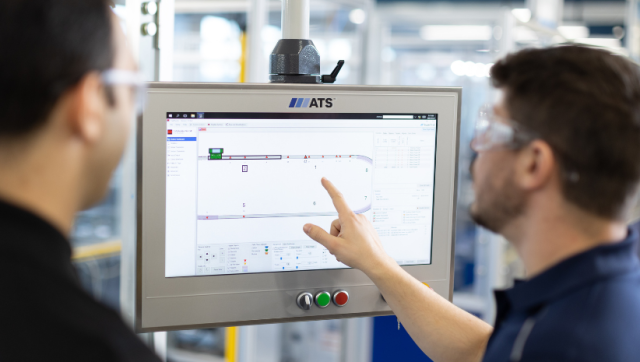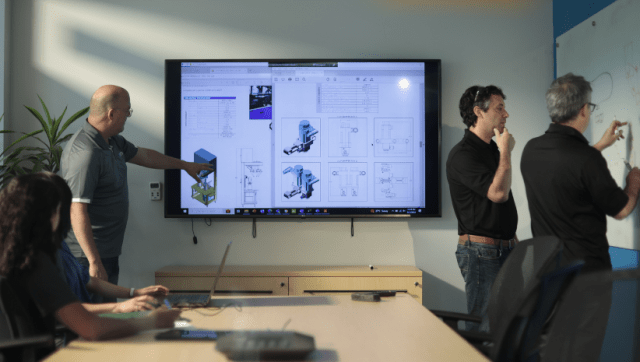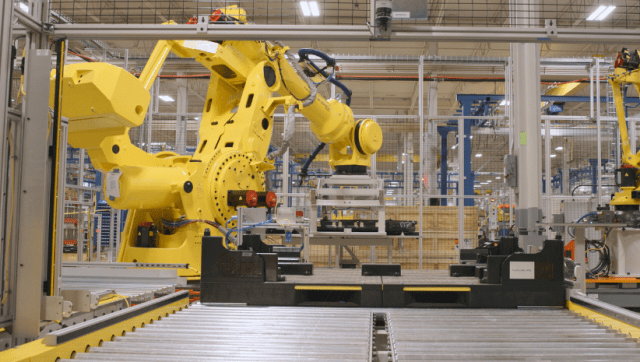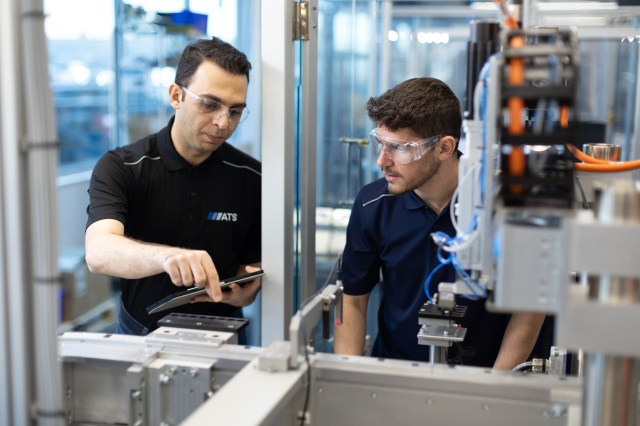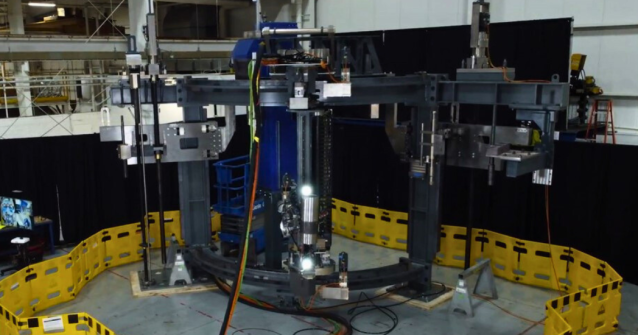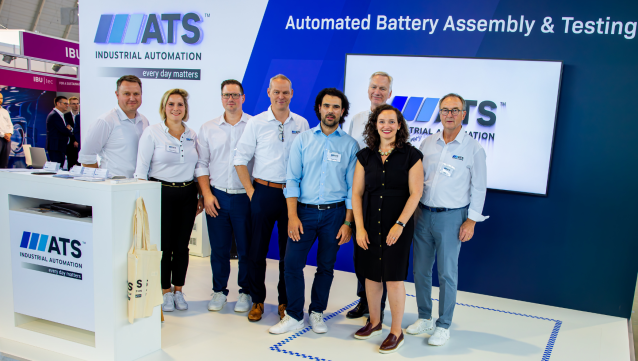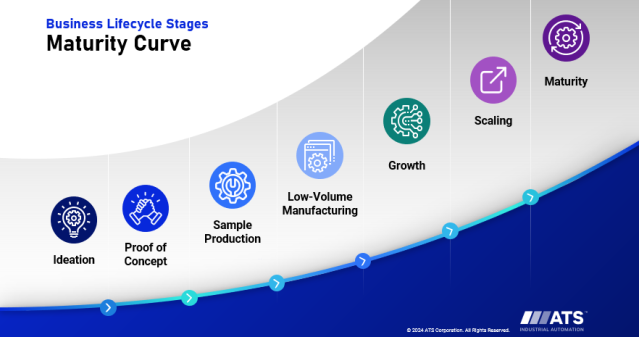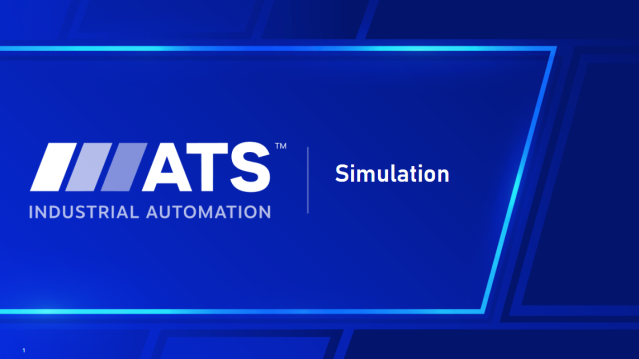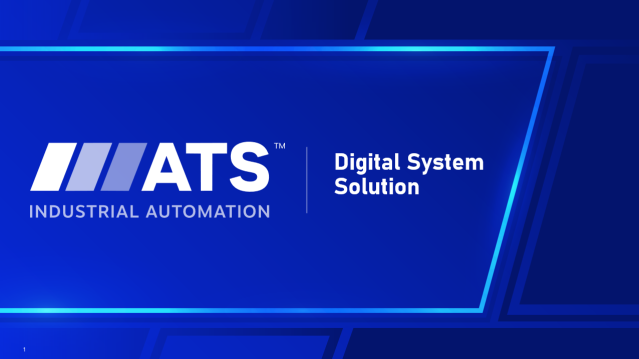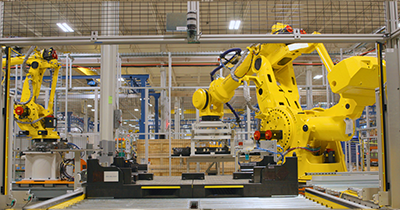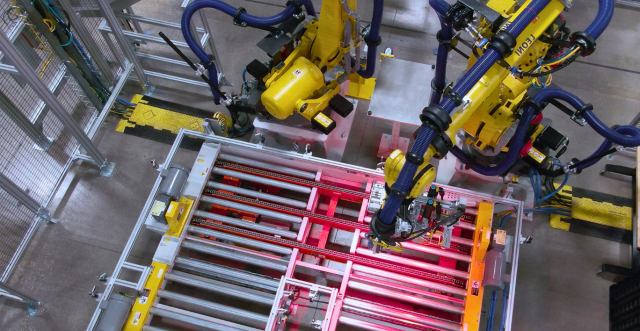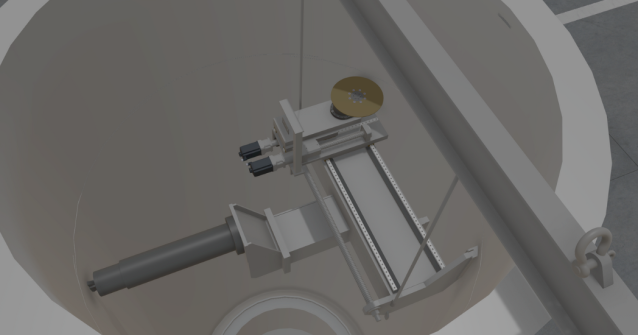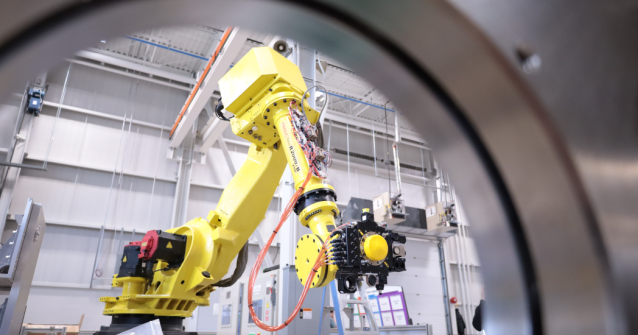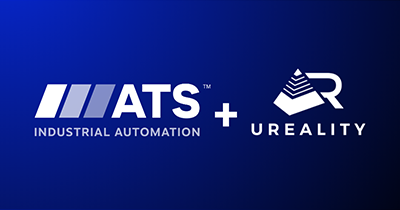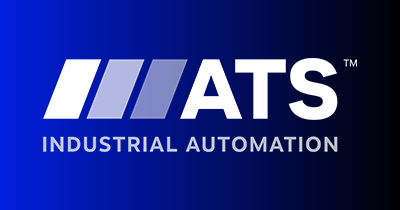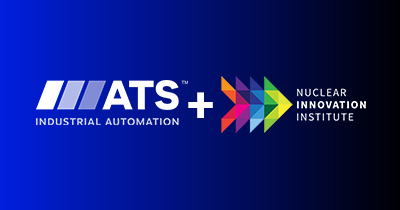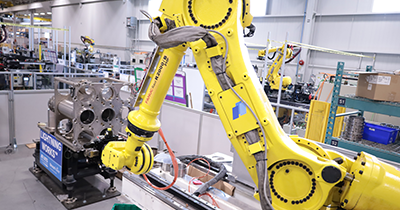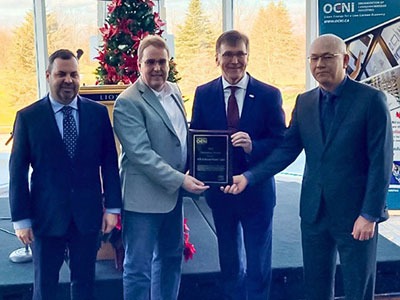
Feasibility, proof of principle (POP), and proof of concept (POC) studies are essential tools for manufacturers to evaluate and validate aspects of their automation projects. Feasibility studies provide a broad assessment of a project’s viability, considering key factors such as cost, technical aspects, timelines, industry regulations, and customer needs. Proof of principle studies are intended to demonstrate if an idea will work under a set of assumptions and in a controlled environment. Finally, proof of concept studies focus on proving an idea or process works in practice, often involving the use of production representative products and or industrialized automation methods and technologies.
These studies, led by an experienced automation partner, help manufacturers refine processes, scale production, and evaluate economic viability.
With an approach focused on collaboration, ATS Industrial Automation works closely with customers to develop and refine test plans. Our expertise and access to advanced equipment and the right subject matter experts enable efficient execution of studies. Additionally, the ATS Proof of Principle Lab provides the environment for developing test setups that mimic real production environments, helping manufacturers identify and resolve critical issues early and ensuring processes meet required standards before implementation.
These Studies Help Manufacturers Overcome Challenges with
Technical Feasibility: It’s important to assess technical risks and determine whether the process can actually meet underlying requirements.
Economic Viability: Evaluating a project’s economic viability ensures manufacturers stay within budget and avoid unexpected expenses during implementation.
Quality Control Challenges: By identifying and resolving quality issues early, manufacturers can ensure their automated process can consistently produce high-quality products.
Scalability: These studies ensure the manufacturer’s processes can handle increased production demands without compromising quality or efficiency.
Process Automation Issues: Proactive studies help manufacturers smoothly transition from manual or semi-automated processes to fully automated systems.
Every automation project is unique. Allow us to listen to your challenges and share how automation can launch your project on time.
Your Pre-Automation Partner For
Benefits of Proof of Principle Studies
Identify and Resolve Issues Quickly
Evaluate and resolve critical roadblocks early in the development process, minimizing the need for costly changes later.
Optimized Performance
By transitioning from manual or semi-automated processes to fully automated ones, manufacturers can reduce risks and improve efficiency.
Advanced Equipment
Proven expertise and access to sophisticated equipment and resources enable efficient and cost-effective execution of studies.
Representative Setup
Dedicated labs and experienced teams provide scenarios that mirror production environments.
Scalability
Scaling up current production capacity helps meet higher volume targets without compromising quality.
Resource Savings
Conducting studies early helps avoid costly errors and delays, leading to more successful automation projects.
Our Approach to Pre-Automation Studies
Our feasibility, proof of principle, and proof of concept (POC) studies are deeply rooted in partnership. We work closely with our customers, developing and refining test plans together. This collaborative effort involves continuous feedback, allowing us to address critical issues early. A partnership-driven approach aligns both parties, leading to more successful automation projects.

Schedule
We identify and resolve process challenges as early as possible. By meticulously reviewing test plans, we define the testing parameters, materials needed, and necessary outcomes. This allows us to prioritize high-risk areas before moving into the final design phase.
Additionally, by failing quickly, when necessary, we can provide valuable feedback to design teams, leading to more reliable automation solutions. This method ensures manufacturers can achieve their project goals on time and within budget.

Test Plan and Execution
Test plans and execution helps ensure that the automated system functions as described in the purchase agreement or functional specification. The test plan outlines how the customer requirements will be verified and confirms that the system meets all requirements and functions as agreed. It specifies what will be tested, the acceptance criteria, how each test will be performed, and by who.
The plan also includes the materials and product samples required, the data to be collected, and analysis methods. Detailed planning helps prioritize critical issues within automated processes, allowing tests to be executed efficiently and focusing effort where it matters most. During the test, we follow the prescribed steps, collect data, and analyze the results to determine the success or failure of the methodology.
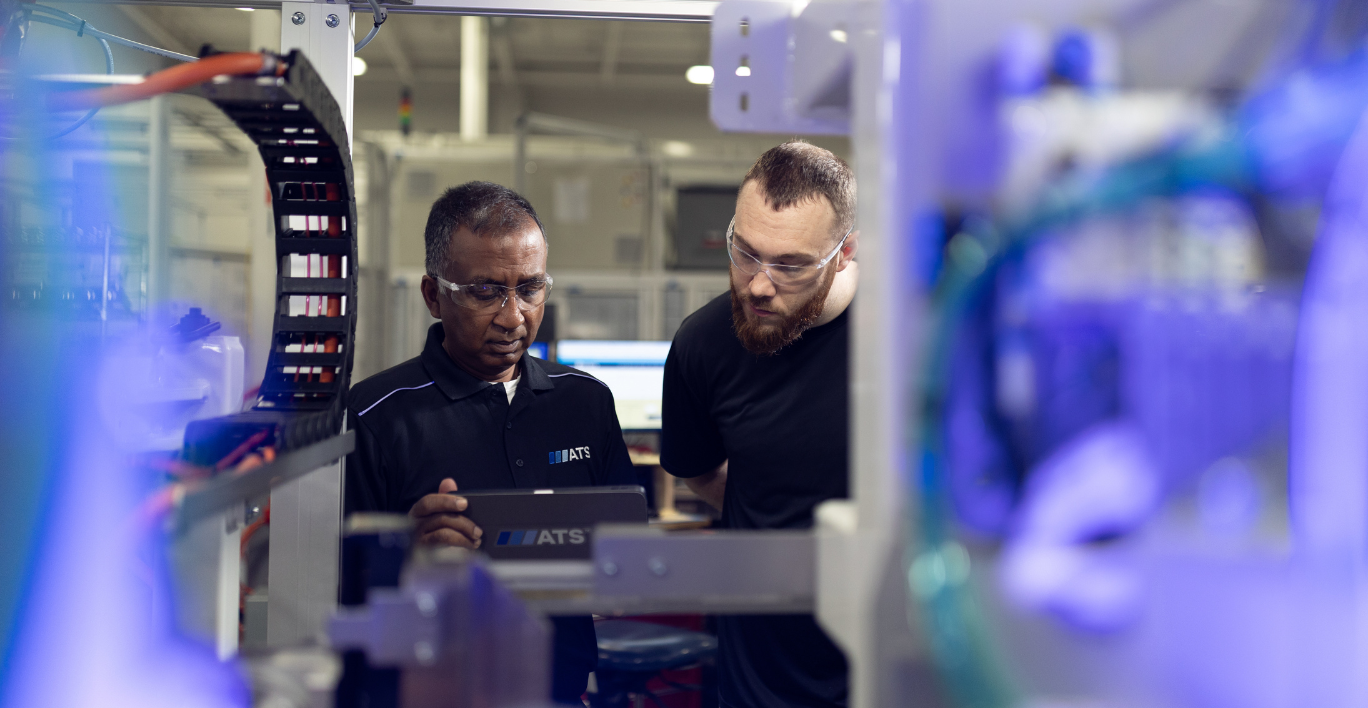
Summary Presentation of Test Outcomes
In this phase, we focus on providing clear, actionable insights from the test activity. This presentation reiterates the test results, detailing the methodologies, data collected, and analyses performed. We also include findings and recommendations for next steps, such as further testing iteration or design modifications.
This comprehensive summary ensures transparency, facilitates informed decision-making, and helps refine user requirements specifications (URS) based on real-world data.

Updated User Requirements Specifications (URS)
We prepare detailed requirements documents that describe the product, process, and testing requirements for an automation project. Specifications include all necessary inputs, outputs, test parameters, and actions that must be performed, among others. Results from the proof of concept studies play a crucial role in improving the URS. During these studies, manufacturers can identify critical aspects of their process like quantifying process characteristics.
The outcomes of these studies inform the URS, ensuring precision and achievability. By incorporating POC study findings into a URS, manufacturers can make more informed decisions and enhance the overall success of their automation projects
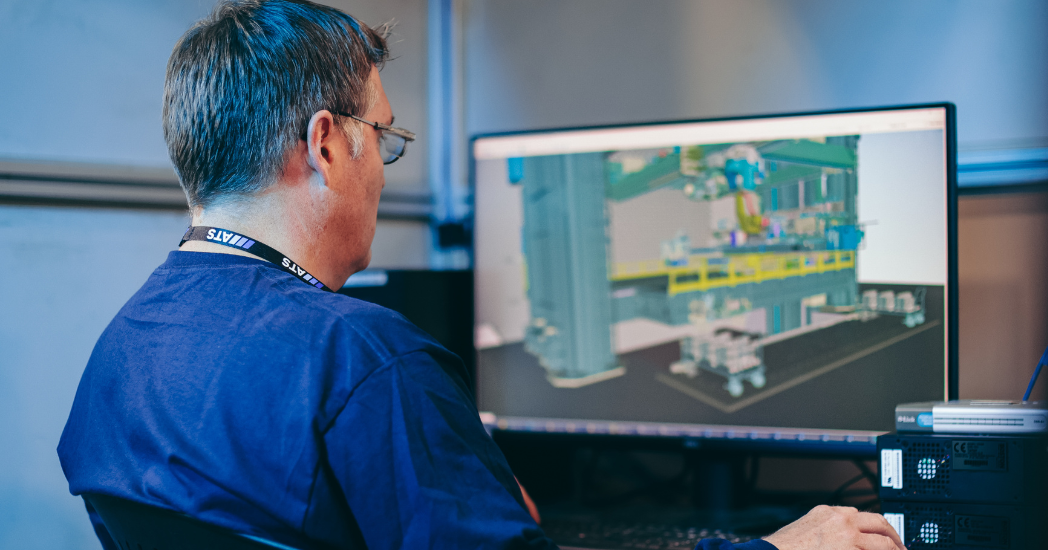
Digitalization
Digital twin technology plays a crucial role in supporting our studies. A virtual replica of the physical system allows us to simulate and analyze processes in a controlled environment before actual implementation, without the need for physical prototypes. During the design phase, our team can animate 3D models and evaluate the interactions between tooling and products, ensuring the process is viable and efficient in a virtual environment. Additionally, digital twins enable us to conduct line-level simulations, assessing the impact of individual stations throughout production.
This upfront digital work provides valuable insights, so the final automated process meets the required standards and helps the manufacturer smoothly transition from concept to full-scale production.

Final Reporting
We summarize our findings in a report, providing manufacturers with real-time insights and actionable recommendations to help improve product design, processes, or testing before implementation. This ensures any proposed automated solutions are more reliable, repeatable, and capable of meeting your manufacturing goals.




